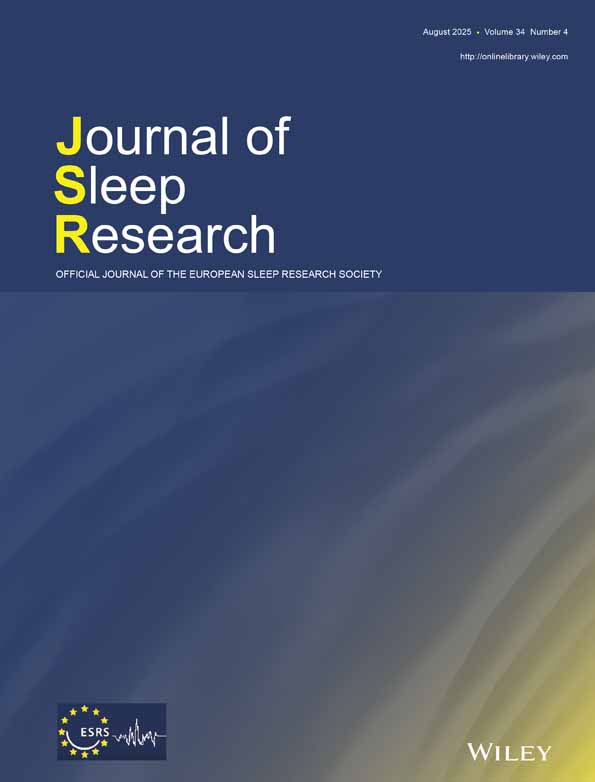Monitoring Kleine–Levin Syndrome Recovery Using Human-Smartphone Interactions: A Digital Phenotyping Approach
Funding: This work was supported by Tri-Service General Hospital Research Foundation (TSGH-D-114144).
ABSTRACT
Kleine–Levin syndrome is a rare neurological disorder marked by recurrent hypersomnia and behavioural disturbances such as hyperphagia and hypersexuality. We report a 25-year-old Taiwanese male experiencing episodes of sleep exceeding 15 h per day. Using Rhythm, a validated smartphone app that tracks human-smartphone interactions, we monitored his sleep–wake patterns and functional changes. Inactivity during episodes and progressively structured usage during recovery reflected clinical states. Interdaily stability, a circadian rhythm metric (range: 0–1), improved from low values during episodes to > 0.37 upon return to full-time work, indicating circadian recovery. This case illustrates how digital phenotyping can longitudinally assess functional and circadian dynamics in Kleine–Levin syndrome, offering a scalable tool beyond traditional assessments.
Disclosure
We used generative artificial intelligence only for grammar correction and did not use it for content drafting in any portion of the manuscript. The data has not been previously presented orally or by poster at scientific meetings.
Conflicts of Interest
The authors declare no conflicts of interest.
Open Research
Data Availability Statement
Data sharing is not applicable to this article as no new data were created or analyzed in this study.




